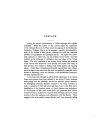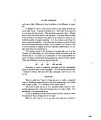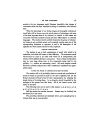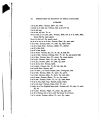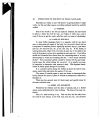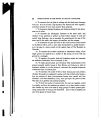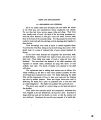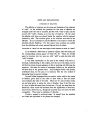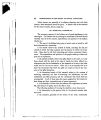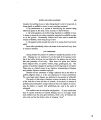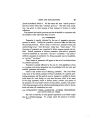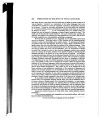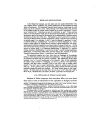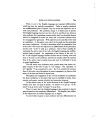| OCR Text |
Show 72 INTRODUCTION TO THE STUDY OF INDIAN LANGUAGES. simply to assist in forming the interrogative and imperative modes. Its use here is almost rhetorical; in all other cases it is purely rhetorical. Placement is largely used in the language, and is highly specialized, performing the office of exhibiting the relations of words to each other in the sentence, i. e., it is used chiefly for syntactic relation. Thus, one of the four processes does not belong to the English language; the others are highly specialized. The purposes for which the processes are used are derivation, modification, and syntactic relation. Derivation is accomplished by combination. Modification is accomplished by the differentiation of adjectives and adverbs, as words, phrases, and clauses Syntactic relation is accomplished by placement. Syntactic relation must not be confounded with the relation expressed by prepositions. Syntactic relation is the relation of the parts of speech to each other as integral parts of a sentence. Prepositions express relations of thought of another order. They relate words to each other as words. Placement relates words to each other as parts of speech. In the Indian tongues combination is used for all three purposes, performing the three different functions of derivation, modification, and relation. Placement also is used for relation, and for both kinds of relation, syntactic and prepositional. With regard, then, to the processes and purposes for which they are used we find in the Indian languages a low degree of specialization; processes are used for diverse purposes; and purposes are accomplished by diverse processes. It is next in order to consider to what degree the parts of speech are differentiated in Indian languages, as compared with English. In a previous section it was explained that Indian nouns are extremely connotive, that is, the name does more than simply denote the thing to which it belongs; in denoting the object it also assigns to it some quality or characteristic. Every object has many qualities and characteristics, and by describing but a part of these the true office of the noun is but imperfectly |










